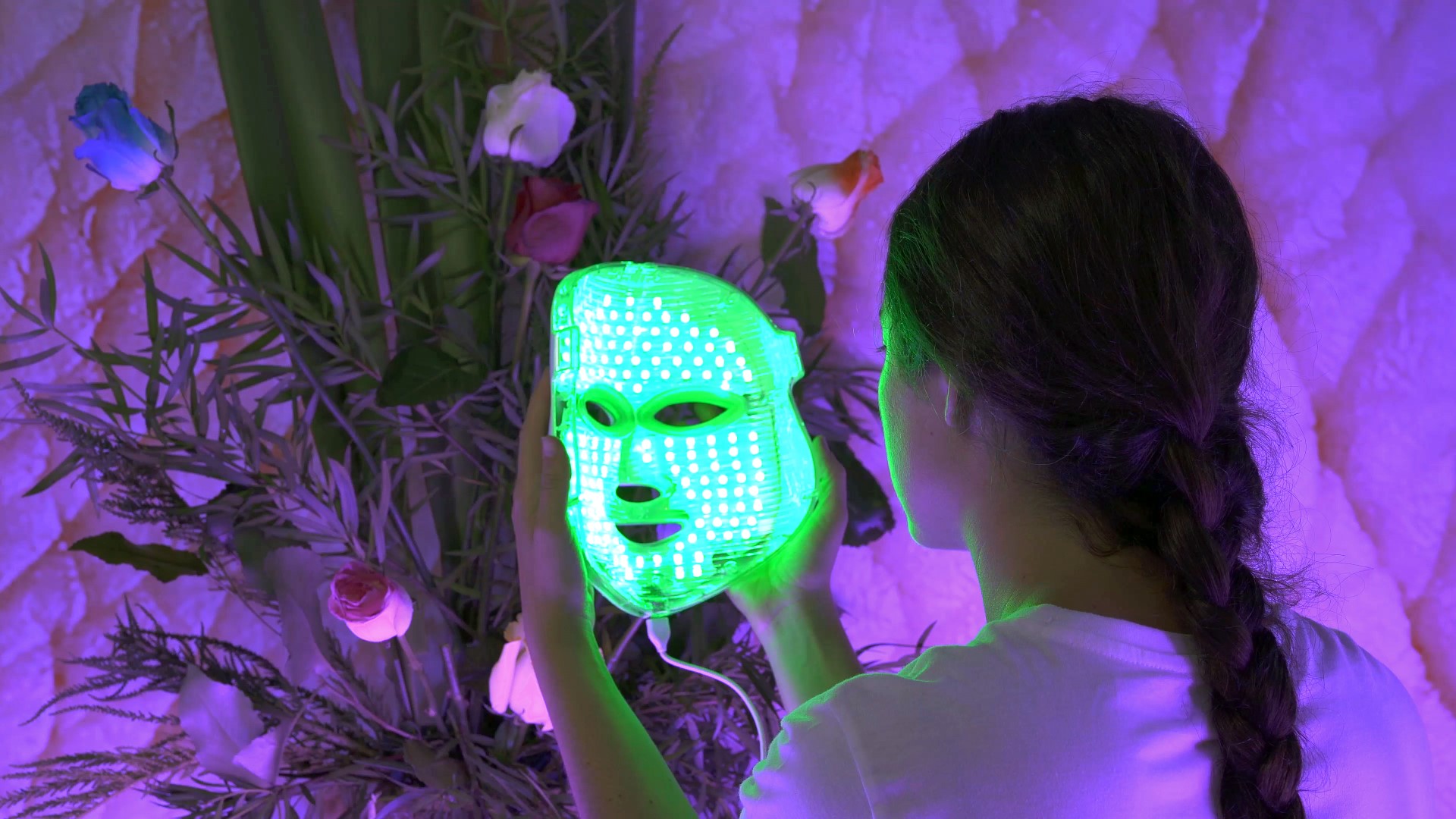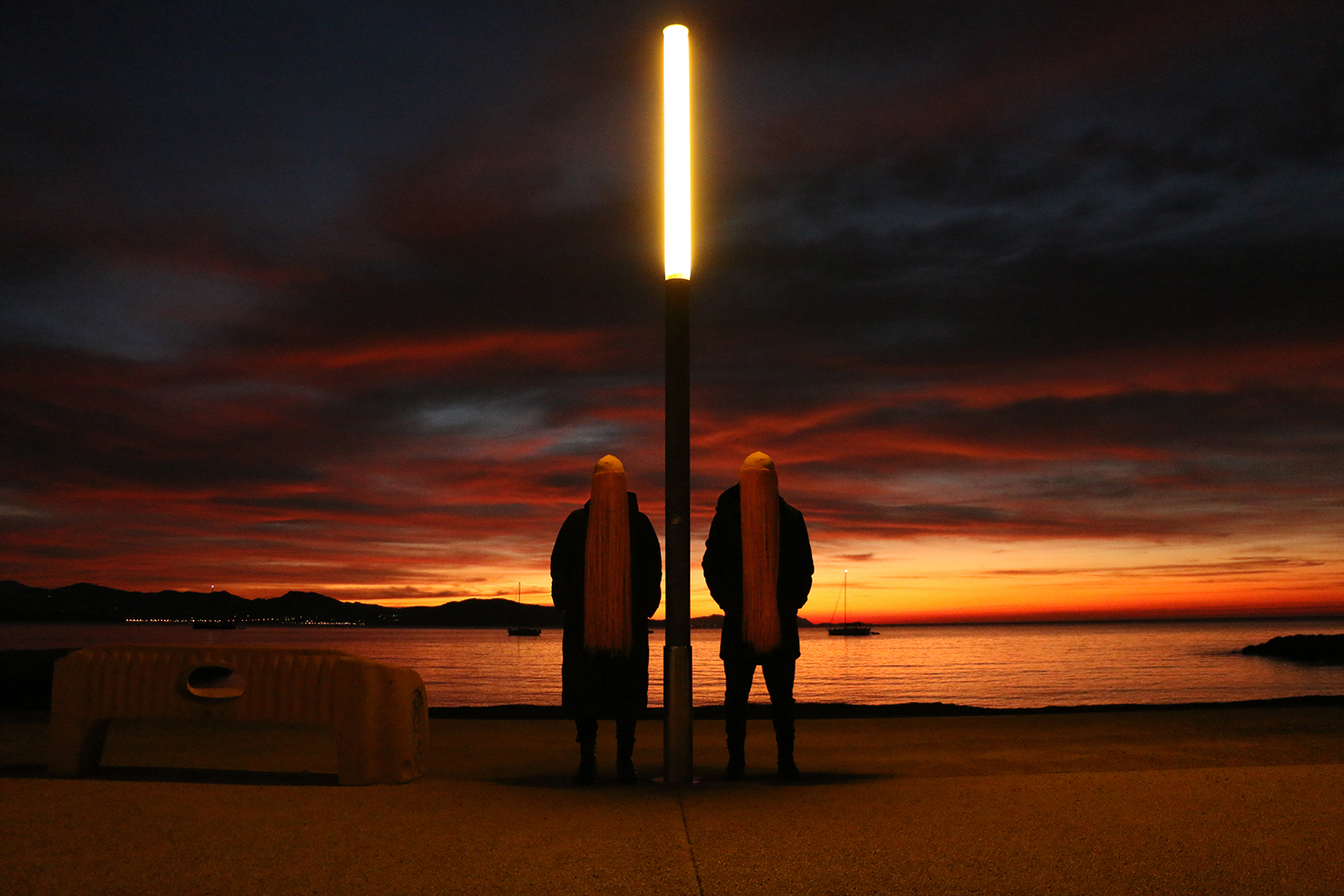Acustemology, Transductions, and Vibrational Relations of Care
Learning from the Possibilities of Resonance and Interference
08/11/2023
Nicole L’Huillier (Santiago, Chile, 1985) is a transdisciplinary artist and researcher whose practice centers on exploring sounds and vibrations as construction materials to delve into questions of agency, identity, collectivity, and the activation of a vibrational imagination. Her work materializes through installations, sonic/vibrational sculptures, custom-made (listening and/or sounding) apparatuses, performances, experimental compositions, membranal poems, and writing.
Education
Schooling
I have been very curious and restless since I was a little girl, and I believe these traits have led me to unexpected places and opened paths that converge in everything I do today. I found music early on when I started playing drums. I learned by playing with my siblings and friends in ramshackle improvisation sessions filled with an inexplicably sheltering fire. Through this, I also developed the habit of making with others through a non-semantic language that is clearly relational and emergent. But above all, in these sessions, I learned to "jump into the water," daring to do things even if I didn't "know" how to do them because, if you don't jump in, you will never learn new things.
Then, I went to study a postgraduate program (MA and PhD) in Media Arts and Sciences at MIT, in the United States. During those years, I was able to devote time and energy to the possibilities of creation, reflection, dialogue, learning, and collaboration through experiments, errors, questions, relationships, improvisation, and paying attention to processes rather than results.
At MIT, I allowed myself to mess with the fragmented notions of 'reality' and 'knowledge' I had come with, exploring the transgression of imaginary edges to find a very liberating comfort in (re)mixing, the undefined, and the hard-to-classify.
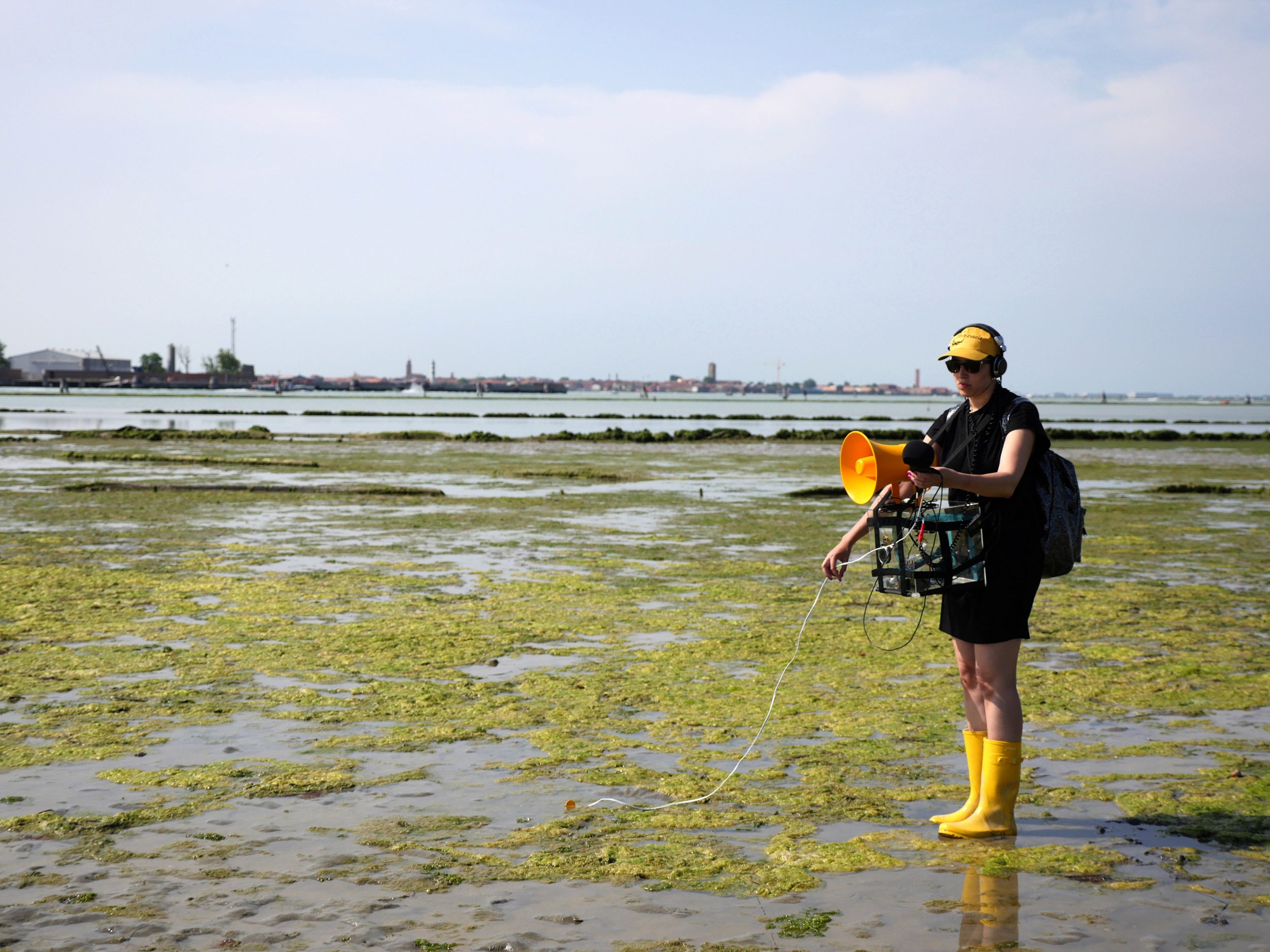

I began to identify the porous and cracked edges that exist everywhere in order to infiltrate them, and thus, navigate different spaces, popping up questions and stimulating vibrational ways of being; swaying and shaking perspectives and rigid, watertight places; daring to inhabit different places simultaneously in flux. This opened up a world where disciplines, perspectives, temporalities, cosmologies, agencies, states of consciousness, scales, forms of intelligence, and imaginaries converge, resonate, and interweave. Henceforth, I carry with me all these interferences that help me navigate intimate fictions and frictions that give rise to the way I am, feel, and learn.
Teaching
I believe it is essential to open structured teaching processes through dialogue and reflection with others, learning by doing in shared processes. Therefore, it is fundamental to facilitate an atmosphere of trust, respect, and generosity to be able to invite students to share (materials, ideas, and processes) and to dare to try things. To set up an environment of creative experimentation with openness to the possibilities of intuition, encounters, connections between different things, improvisation, mistakes, and accidents. For me, the "success" of these sessions relies on the community that is created rather than on the tools and knowledge that the participants take with them. By this, I mean that the tools and knowledge acquired do not mean much if they are not vitalized and shared. By sharing, things always happen, going far beyond what one taught or learned; ideas multiply, and possibilities expand and move in unthinkable and unpredictable ways.
Learning
Since I was a child, learning based on sharing came to me accidentally/naturally through precarious musical encounters/improvisation sessions and playing around with music. It may sound very basic but, for me, this was extremely important and structural. I was deeply marked by being exposed to making with others without really knowing what we were doing. Overcoming the shame of not doing anything so well, of not "knowing how to play," and finding a common, resonant language outside the traditional language by learning to listen to each other. Through this listening, things happen; dialogue opens up in this sort of playing trance, of losing oneself in music with others, without a goal or specific, set, or regulated way of doing things.
In addition to academic learning, informal workshops, lived experiences, and spontaneous shared processes, I am constantly learning and dynamizing ideas through reading. Below, I would like to mention some theories and authors that accompany my research and processes these days. I believe they can shed light on others and, simultaneously, stimulate the resonant and collective processes involved in my work.
Numerous theoretical layers constitute the essence of my current research but, at its core, it contains notions of the ‘acustemology’ proposed by Steven Feld,1 which weaves together an acoustic epistemology with an oscillating being in constant relation. Within this dialogue, I would like to add the many comings and goings of Stefan Helmreich's2 transductions and vibrational ontology. Elsewhere, these ideas intersect with vibration as an axis in the work of Shelley Trower,3 the multidimensional spirit of Pauline Oliveros,4 and quantum improvisation5 as part of deep listening based on multiscalar and multi-agential relationships. These ideas provide a basal underpinning to be able to enter into anti-colonial practices of situated listening, such as those presented in the work of AM Kanngieser6 and the ‘non-hungry listening’ based on relationships of respect and vibrational care found in the work of Dylan Robinson.7
Performativity, Agency, and the Pulsating Cosmos
Another fundamental layer articulates the above ideas through devices that intertwine with reality, the more-than-human performativity, notions of agency, and the intra-active cosmos proposed by Karen Baran.8
Border Thinking, Difference, and/or (In)Finitude
Also, Gloria Anzaldúa's9 influential work around border thinking, the moving edges that delineate us, and poetry as a tool of struggle. This is threaded with questions around difference and finitude derived from the work of Denisse Ferreira da Silva and other thinkers who critically explore the notions of subjectivity, definition, and surface. Assembling ideas that have to do with depths, porous otherness, and undefined borders that get nourished by lived experiences, science fiction, and quantum physics.
Alterity and the Construction of Subjectivity
Finally, I would like to weave the above referents with examinations around the construction of subjectivity outside the Western norm and its categorical divisions. Such as the Cannibal Metaphysics11 of Eduardo Viveiros de Castro, with references to Amerindian Perspectivism and ideas around Multinaturalism. As well as Marisol de La Cadena12 and her studies on Andean fractal identity. The Pluriversal13 thinking of Arturo Escobar. Donna Haraway’s naturecultures.14 And the work of Eduardo Kohn,15 who proposes to tune in with other intelligence systems that are not exclusively human. To name a few.
Processes
Beginnings and Strategies
I like to understand my work as an invitation to activate a membranal16 practice, to be able to receive vibrations that make things oscillate and shake the limits that fragment bodies, knowledge, languages, temporalities, signs, and straight lines, among other things. All this arises from an impulse to activate the imagination in a vibrational way, in order to decenter, reorganize, and possibly unlearn some of the rigid and static things we have been taught. Within this framework, often my starting point is resonance as a phenomenon that dictates shared processes and events. When we resonate, a series of vibrations activate membranes in our spaces, bodies, and minds. Part of these vibrations is perceived as sound when we listen. As we resonate—as well as when we listen—our edges are dissolved and we become many; we receive and, in doing so, we also give back. Boundaries and borders become fuzzy and things are rearranged in a binding relationality.
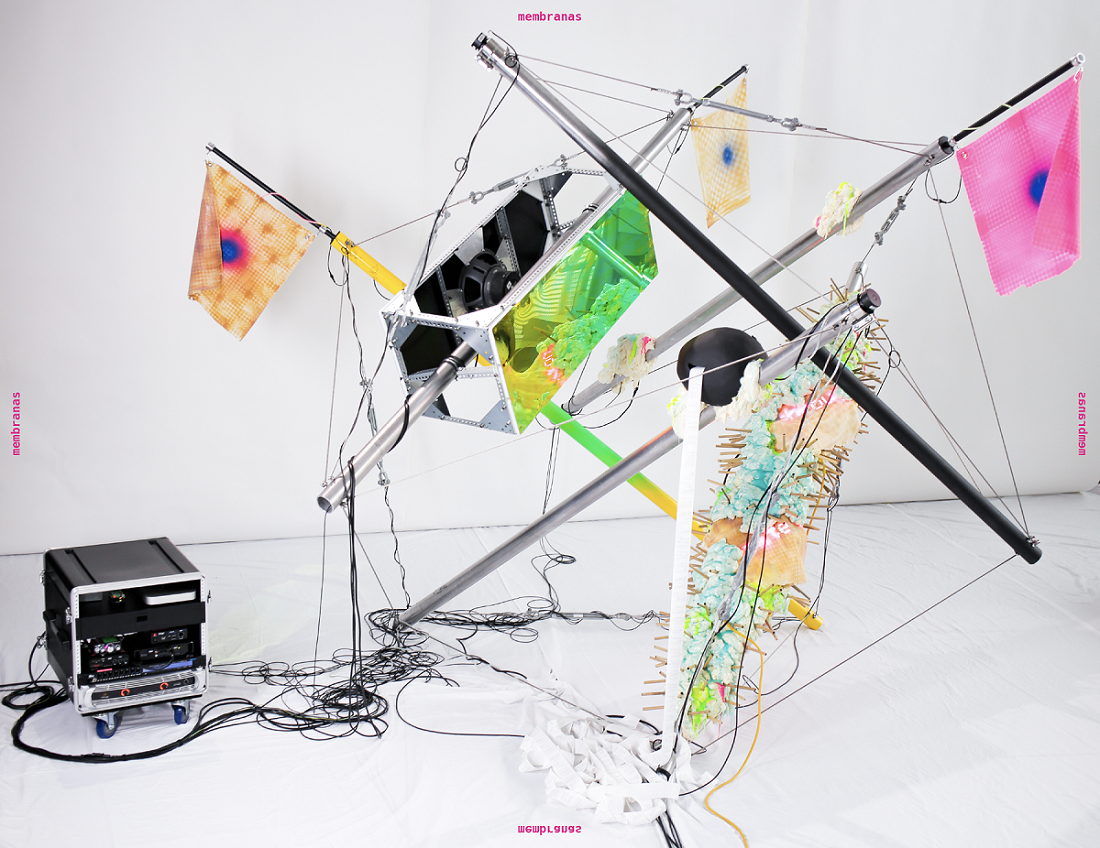
A membranal practice entails learning from the possibilities of resonances and interferences, in order to reorient ourselves and rearticulate how we relate, as well as the narratives that define us.
Now, regarding the ways a project can be set in motion, there are many. Some require long periods and well-contained and organized processes; other ideas emerge from spontaneous dialogues and collaborations. For me, the ideas behind projects always come from a series of beautifully generative accidents. That is why, although I don't think there is only one way, I would say it's always a process of improvisation. Because unforeseen events always happen and, sometimes, what went wrong even provides more interesting qualities than when everything was under control and heading towards the result you were looking for.
Questions
Indeterminacy and error are a fundamental part of my work and processes. This has a lot to do with my inclination for improvisation as a place of action, as a practice maneuver. Although there are no rigid rules, there are always guiding agreements or directions that establish a base territory, a common ground from which to activate shared resonant dialogues. But in its most essential form, improvisation articulates a call-and-response system based on active and deep listening. When this is at the base, all that comes after is part of that resonant dialogue. Improvisation is built on a process of mutual listening to emerge together.
Exploring sounds and vibrations as construction materials is a practice that runs through my work. These intrinsically collective materials are capable of interweaving agencies at multiple scales and, thus, stimulating related resonant imaginaries and sensibilities. Exploring reality from a vibrational ontoepistemology implies containing and being contained by resonant, interfering, polyphonic, and coupling processes, among other things. I believe it is essential to understand ourselves as part of a reality where everything is in constant oscillation, resonance, and relation.
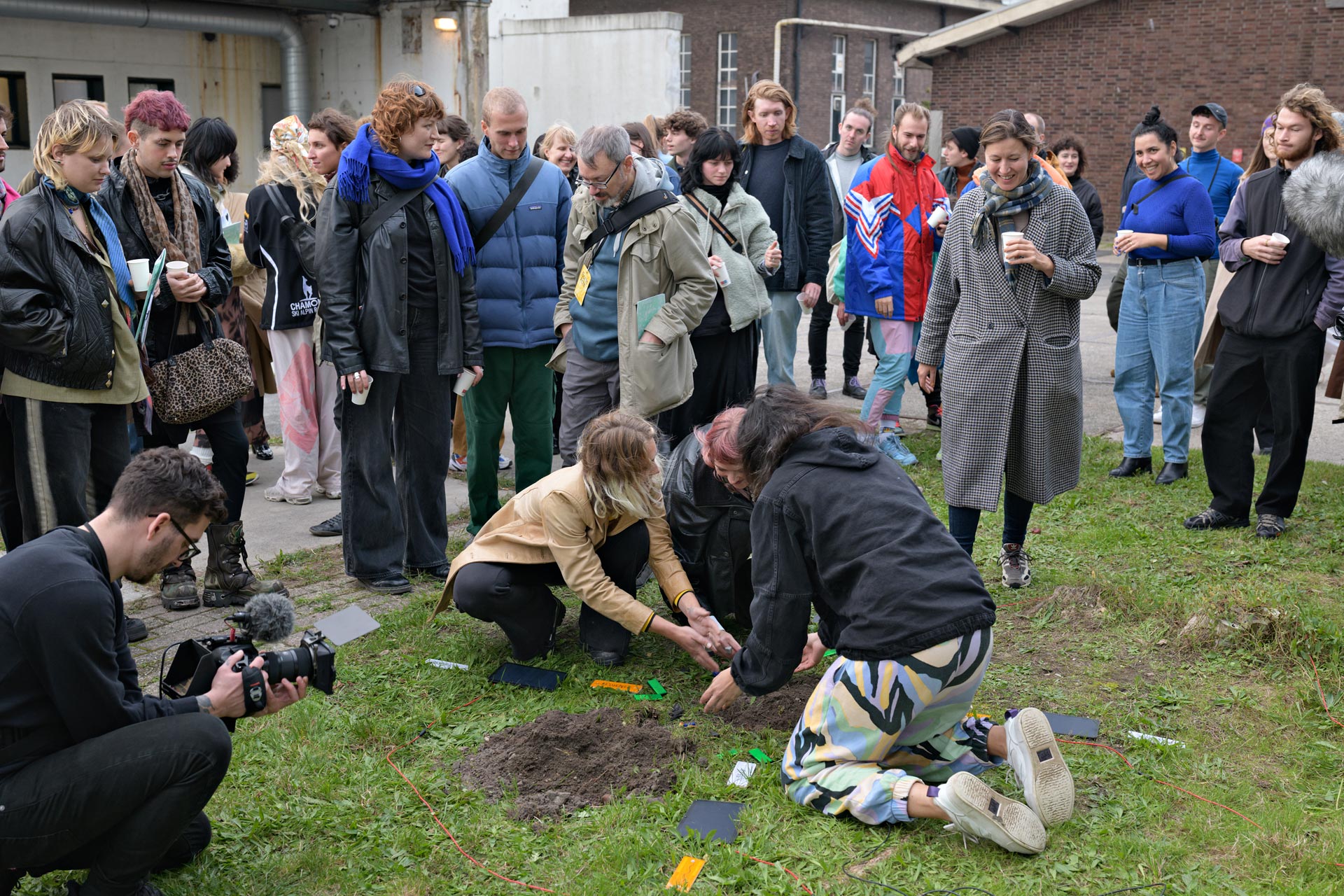



For the last few years, I have been developing my work around the concept of La Membrana: an organizational apparatus and a model structure to stimulate vibrational ways of being and thinking in this world. La Membrana, like an eardrum, a drum, or our very skin, produces and receives vibrations. It is a porous border that can both connect and separate; a threshold activated by vibrations. Thus, behaving membranally implies being an oscillating body, thinking and experiencing in constant relation with others. The social membrane (as I like to call it) includes not merely human bodies, it also brings other types of subjectivities and sensory registers into the dialogue. Exploring La Membrana can provide a more dynamic, complex, intermingled, inseparable, and confused order of things, based on a constant being-in-relation. It is an invitation to follow the pulsing as an axis.
Procedures
Through drifts and experiments, I have integrated different types of technologies into my work. They are always quite varied and of different kinds, ranging from new technologies to very old ones. I really like to question our general understanding of what ‘technology’ is. More than concrete objects, it is something that involves a series of processes that transform things, establishing relationships and dynamics among things and ideas. Technology is not only enclosed within a state-of-the-art electronic device, but it is also contained in the essence of geological, vegetal, and vibrational systems, among many others.
Through these drifts and looking to explore something I call vibrational intelligence, I have come to create my technological apparatuses, which many of my works contain or are contained by them. Many works are apparatuses shaped as sculptural systems deployed in space: inhabitable, welcoming systems; systems that listen or sound; improvisational systems that can engage in dialogue, etc. I call many of them techno-illogical apparatuses, since they are very intuitive and connect with knowledge and thinking outside the rational logic contained within straight lines and monolithic categories. They are scattered performative apparatuses with fuzzy lines, which are difficult to categorize; they are very inefficient in terms of results, but tremendously generative in terms of processes, relationships, and searching for new questions.
Dialogues
The processes of work and enactment of my works require constant dialogue, as they form part of and participate in interdependent systems. This implies a strong relationship with the places, contexts, and situations around the work, regarding how they present themselves, nourish, and dialogue in/with it. My pieces are a kind of open score extended in space that erratically and sporadically activates different bodies and situations.
Works & Projects
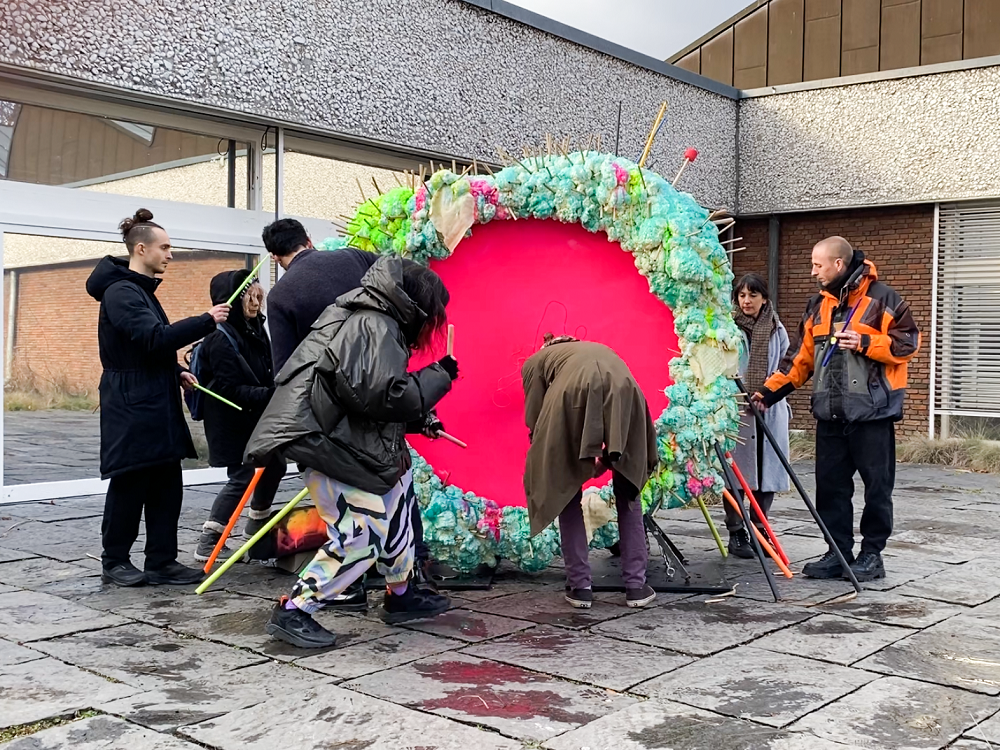
At the moment, I am carrying out several projects, among which is La Orejona Records, a work that unfolds through resonant vibrational encounters, focusing on the poetics of the unintelligible. This membrane is a pulsating entity that is constantly activated by the vibrational forces around it: whether by winds that caress it, slight tremors coming from the ground, bugs or other human and more-than-human entities that land on it and touch it, sound waves that propagate around it and activate its body, as well as vibrations from its own structure.
This apparatus, which is called La Orejona, is a vibrational membrane microphone that is palpable (through vibrations), visible (through its fluid and constant undulating movement), and audible (through the sounds it generates when receiving all the vibrations mentioned above). In contrast with the logic of conventional contemporary microphony, this membrane does not seek to identify/grasp individual or independent signals to separate/categorize/control them but rather indiscriminately seeks to receive all contiguous signals in order to blend them into an inseparable mass of collective noise. La Orejona can be understood as an anti-surveillance apparatus, constituting an open-air recording studio. The work is never what it appears to be, but what it can effect.
Contexts
A vibrational perspective is based on placing different things/bodies/situations/energies/perspectives in resonance and interference to open up other phenomena and dimensions. My work is often constituted as an excuse or apparatus to be able to tune in with our vibrational reality. This, of course, cannot be from an abstract perspective of what sound, vibrations, listening, or the collective can be. It is necessary to put ideas into practice and the works in relation, so that they can activate events with tangible repercussions and shared echoes.
